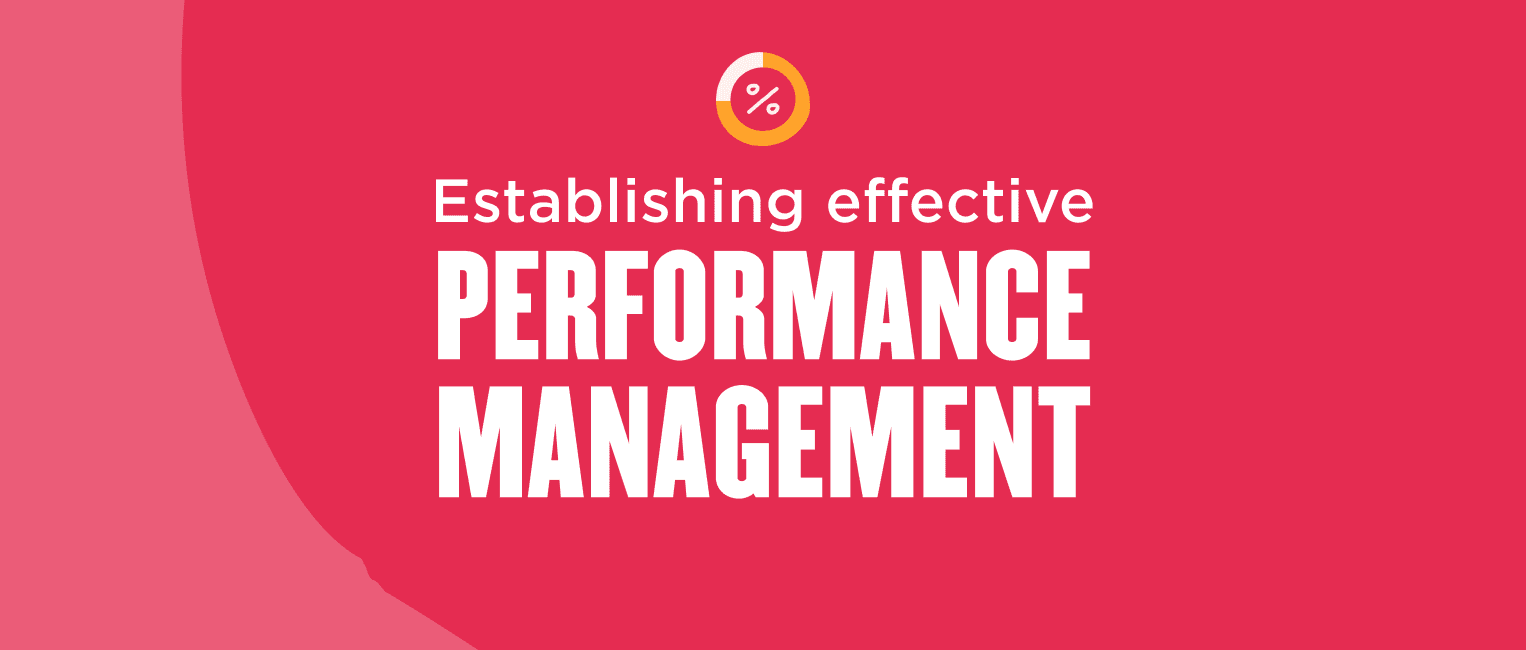Gone are the days of opaque performance reviews that leave people more confused and stressed out than inspired and motivated. Today’s HR professionals practice performance management, a comprehensive method of tracking and developing people’s performance that contributes to employee satisfaction and motivation and meeting team and organizational goals.
In this article, we’ll share performance management best practices that will help your organization successfully engage and manage employees to benefit the individual and the company.
Why performance management best practices matter
Performance management is a key to leading and engaging both individual contributors and leaders. This includes a wide range of tasks, including how you write job ads, handle recruitment and exit interviews, and even how you structure your processes.
In place of stressful and infrequent yearly performance reviews, modern performance management strategies take an integrated, ongoing approach. This will help your organization achieve its goals by improving the performance of individuals and teams while boosting employee engagement and retention.
By following these five best practices, you can establish effective performance management for your organization and your people.
1. You can never communicate too much
Open communication is an absolute must for successful performance management. Rather than limit conversations about people’s performance to a yearly meeting, aim to maintain ongoing communication year-round. Employees and managers should both feel safe and comfortable speaking regularly about successes, areas for growth, and other concerns.
Avenues for communication include learning and development initiatives, coaching relationships, and regularly-scheduled one-on-one meetings on top of more formal performance reviews.
2. Use agile goals and OKRs
Goal-setting is a crucial part of performance management. It helps improve engagement by giving people something to work toward while assuring that they contribute to meeting larger organizational goals.
To effectively set goals, consider taking an agile approach in which short- and medium-term goals are flexible and can be adjusted and adapted as needs evolve and circumstances change.
Another goal-setting framework that lends itself well to effective performance management is OKR, or Objectives and Key Results. This methodology helps set measurable goals, so it’s easy to see and track what kind of progress people are making. Flexible templates typically work best when phrasing OKR goals, for example, “I will [objective] as measured by [key result].”
Whether you choose to try agile goals, OKRs, or both, clear goal-setting is invaluable for any performance management strategy.
3. Optimize your onboarding and offboarding processes
Performance management continues throughout a person’s time at the organization, from onboarding to offboarding. Take a look at these processes from time to time through the lens of performance management.
How do your onboarding procedures set new people up to thrive in their position? What kind of first impression do you make? How do you begin to build new relationships between team members and managers to set them up for success?
On the other hand, what are you learning from exit interviews that can help your organization improve? Don’t hesitate to ask people for feedback on onboarding and offboarding so you can be as effective as possible.
4. Optimize your compensation plans
Compensation plays a major role in job satisfaction, motivation, and performance. A modern compensation program looks at both direct and indirect forms of compensation. Think about what you can offer your people beyond just base salary and even benefits.
Things like flexible work arrangements, performance recognition and rewards, career development, workplace culture, team events, and donation matching all play a part in the overall compensation package to keep people engaged and feeling appreciated.
Recommended For Further Reading
5. Invest in a performance management system
Effective performance management is much more difficult to execute when you’re relying on old-school manual processes like spreadsheets and data entry. A performance management system will help you track the many moving parts of performance management so nothing falls through the cracks.
It will help you hold better performance reviews, improve your training and onboarding processes, track key data, extract actionable insights, and improve people’s performance and engagement.
Performance management involves everything from workplace culture to compensation
From organizational processes and tools, there is a wide variety of best practices you can implement company-wide to help you achieve successful performance management. Organizations invested in adopting them enjoy upgraded performance management that helps meet their KPIs while improving employee satisfaction, productivity, and retention.


